Find out more about our latest innovations on this page.
Balancing and postural control is an integral aspect of physical
health.
Utilizing the Nintendo Wii Balance Board, we aimed to create visual diagnostic and training tasks as
configurable games with
audio feedback, coupled with three dimensional sounds as an optional stimulation. The measurement
participant (player)
stand on the balance board (60x40cm) and sees their center of pressure on the display, which can be moved by
shifting the
center of gravity of the body. The player's character has to be navigated to complete various tasks, such as
navigating through
a narrow aisle, collect or avoid object, etc.
Our current application targets atypically developing children (aged 5-12 years) to help with diagnosis and
monitor the progress
of physiotherapy. Another application would target elderly people to identify individuals at a risk of
falling.
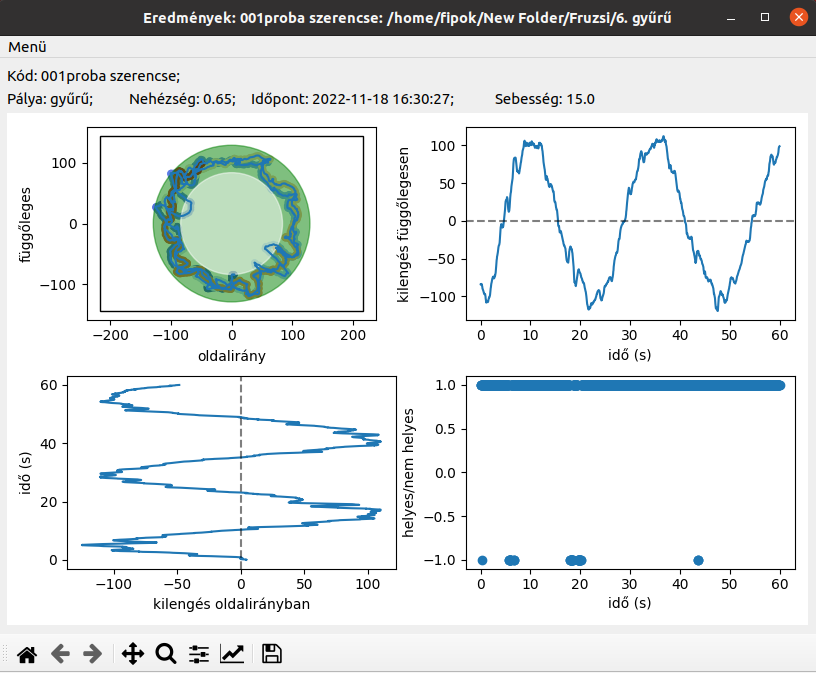
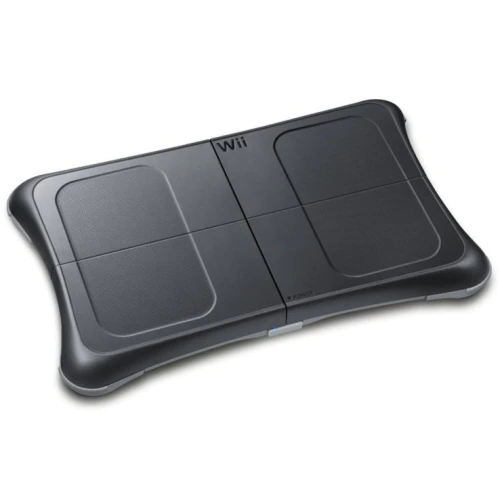
Our innovation targets physiotherapy and home exercises. After feeding in the reference movements, the system monitors the movement of the participant real-time and gives feedback about the correct execution of the movement. The application uses powerful machine learning algorithms to identify the key joints of the human body based on simple camera images; then, the pose is compared to the reference. Our current demo identifies and rates the execution of yoga poses.
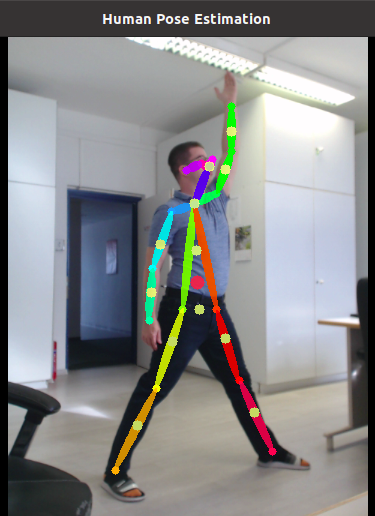
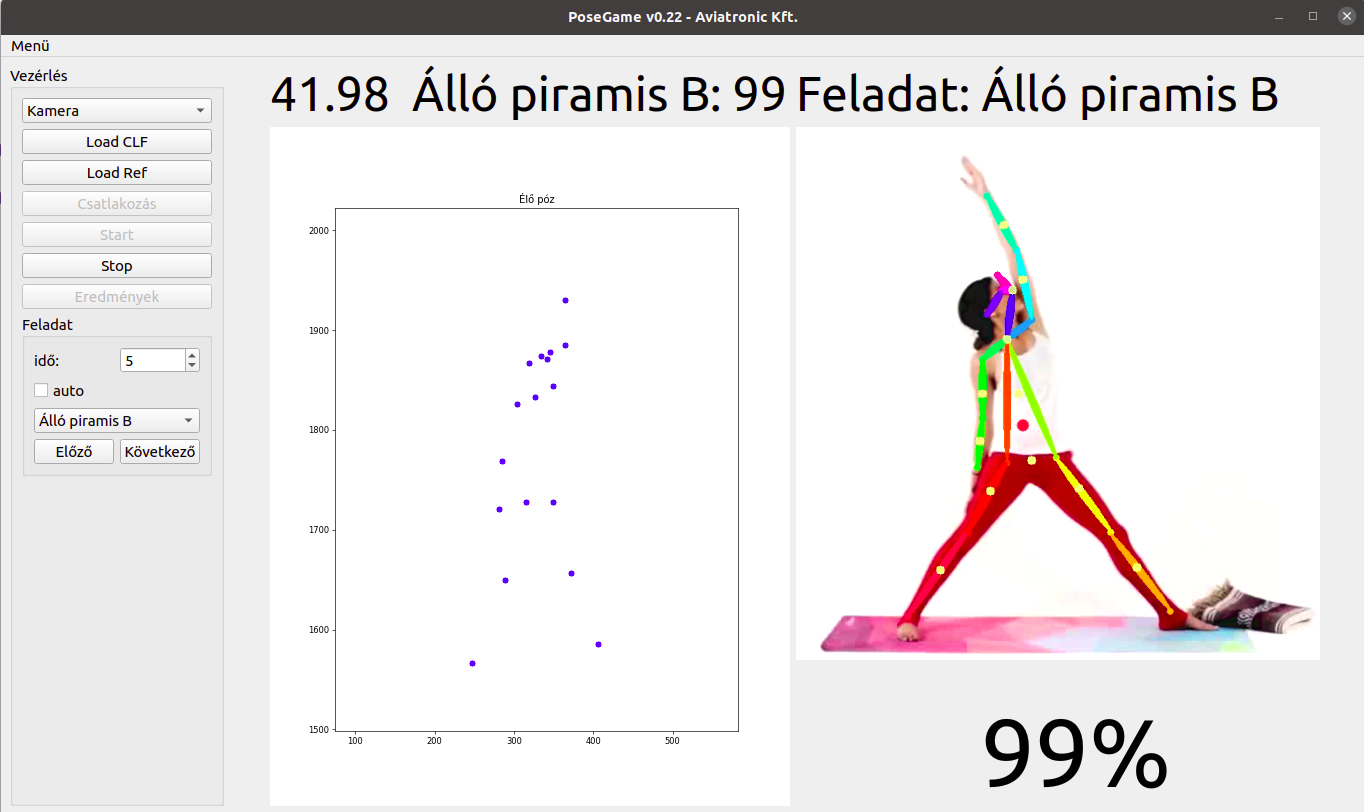
Exergaming applications can also be developed building on this technology. The novelty
is that a simple built-in camera of a laptop or a tablet is enough for the machine intelligence algorithm to
identify the human pose.
A simple demo is shown here where the classic Pong game is played using the two hands to move the
paddles (note that
the camera image is to be mirrored to match the gameplay area).
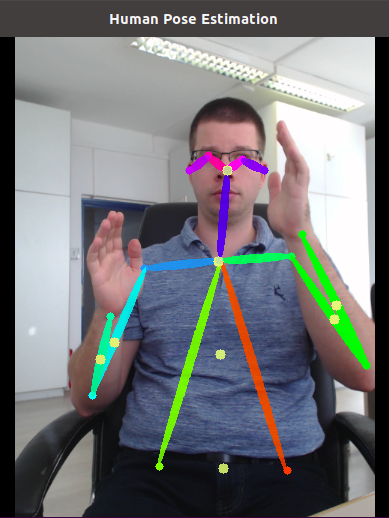
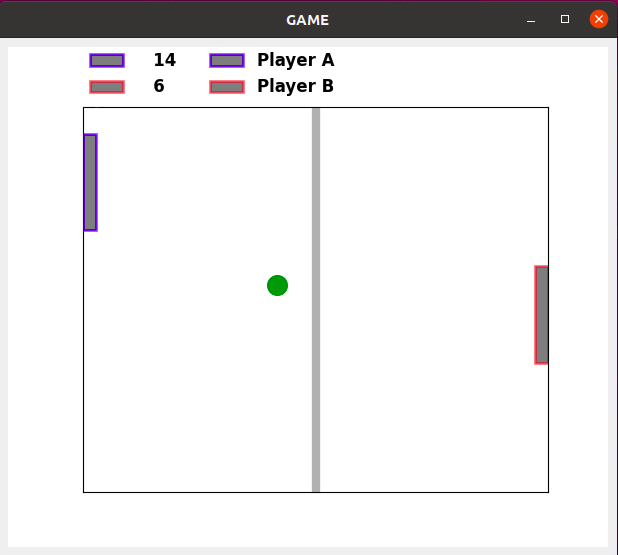
As we have already integrated wearable sensors into the FIPOK
system, we can easily develop self-monitoring software suitable for quick (~5 minute), frequent
status
assessments (e.g. morning-evening). For example, using a simple chest strap with an accurate pulse
sensor
(Finnish-made Movesense sensor), HRV (heart rate variability) can be monitored, providing feedback on the
current level of physiological stress. It can be used for bio-feedback, autogenic training-type
solutions,
as well as for practicing relaxation techniques using both the pulse strap and EEG headband (Muse
headband).
In addition, we also use an affordable, medical device-certified chest strap that can record ECG signals
(Movesense Medical), for which we can also develop software to record and transmit the ECG signal to doctors
and specialists.
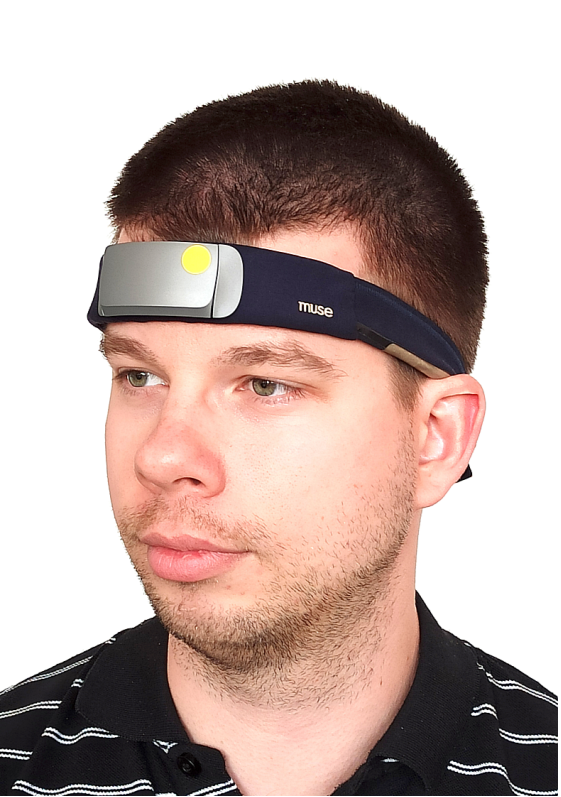
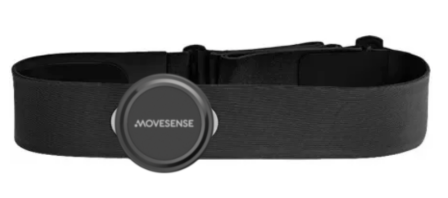
During the development of the FIPOK-system, we reviewed the
scientific
research literature and
the available cognitive tasks and games. As a result, we developed and integrated a dozen selected
games
into the FIPOK-system, which measure domains such as hand-eye coordination, perception, planning, and
reasoning and quantifies
performance.
Since they were developed in-house, the games are configurable: parameters can be set that control the
frequency
of obstacles, the signal and memorization times, etc. We are also open to develop further games based on
input from game design
researchers' input and we can also incorporate your specific psychometric task!
The available tasks and
games are suitable to give quick feedback
about the participant's current state, strengths and weaknesses. Repeating the measurement over time, it is
possible to monitor the
efficacy of a longer process, such as rehabilitation or training.
